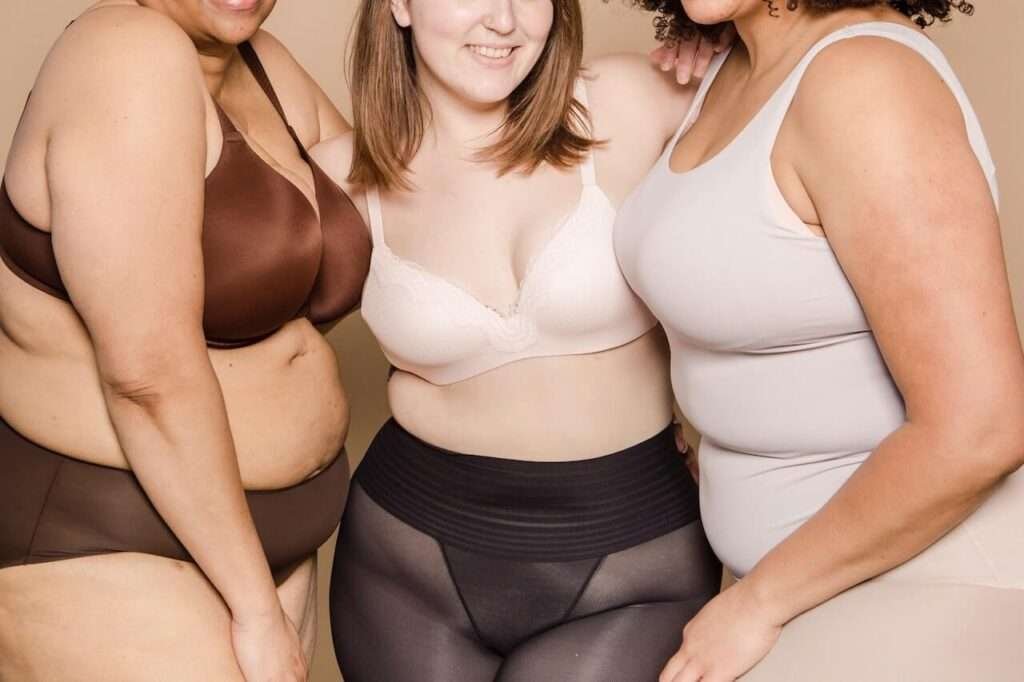
A person’s body image encompasses how they perceive their body both mentally and visually. This includes thoughts and feelings about appearance and how one believes their appearance impacts various aspects of their life. How a person experiences or feels in their body directly impacts how they treat that body. When a person does not treat their body well, it can have negative effects on their mental and physical health.
Negative body image can lead to depression, anxiety, eating disorders or body dysmorphia. A professional consultation is recommended for anyone who suspects they might have any of these conditions. Negative body image can lead to depression, anxiety, eating disorders or body dysmorphia. A professional consultation is recommended for anyone who suspects they might have any of these conditions.
Body Image Definition
Body image is a combination of one’s perceived and ideal body image. The perceived body image of an individual is how they view themselves in their mind’s eye or the mental picture a person gets when they imagine what they look like. There are varying degrees of how realistic a person’s body image may be. They may view themselves realistically, or they may see themselves much differently than others do.
When a person does not have an accurate view of themselves, they are said to have a distorted body image. There are varying degrees of distortion based on the discrepancy between reality and perception. The most severe of these cases is a condition called body dysmorphic disorder (BDD).
The primary criteria for diagnosing body dysmorphic disorder are:
1. A preoccupation with one or more perceived defects or flaws in physical appearance that are
not observable or seem slight to others
2. At some point during the course of the disorder, the individual has performed repetitive
behaviours (e.g. mirror checking, comparing his or her appearance with that of others) in
response to the appearance concerns
Clinicians will also specify whether muscle dysmorphia is present as defined by the individual being preoccupied with the idea that his or her body build is too small or insufficiently muscular.
We all respond to our perception of our bodies or our body image. Generally, the more realistic our ideal body image is, the more positive our treatment of our bodies. Some people have an ideal body image that is attainable while others adopt an ideal body image that is so unrealistic that no amount of time in the gym, dieting or plastic surgery will gain them that which they desire. Most people are not genetically designed to look like the bodies we see in fashion magazines and on movie screens.
What Is the Impact of Body Image on Mental Health?
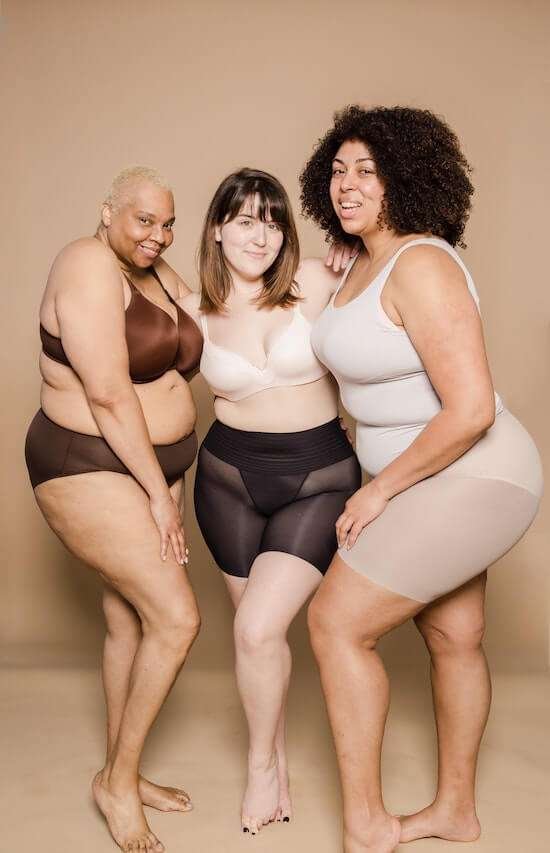
In our society, one’s appearance is often the way in which we are first evaluated by others. The current ideal in America is an ultra-thin female body and a very toned and lean male body. Most cannot transform their genetically inherited bodies to meet these extreme ideals regardless of diet and exercise. Body dissatisfaction arises when an individual is unable to attain this socially prescribed level of attractiveness despite the great effort put into changing a body that they perceive to be inferior.
When a person’s realistic body and ideal body images do not match, this can often lead to mental health issues such as eating disorders, mood disorders, and anxiety disorders. Several serious eating disorders are centred on body image concerns. Those struggling with anorexia and bulimia engage in dangerous behaviours such as self-starvation, self-induced vomiting, over-exercising, and laxative abuse as a way to be in control. Oftentimes, their image and weight are the only things they have control over since they are continuously repressed from underlying depression or anxiety.
We historically have considered issues surrounding body image and eating disorders to be a female concern, however, in recent years more and more males are dealing with body dissatisfaction. Muscle dysmorphia is more of a concern in males than females and involves over-exercise and restrictive eating with the goal of improving their physique. While eating disorders are the obvious connection between mental health issues and body image, the risks do not end there.
Those with body image disturbances are also at risk for anxiety disorders, substance use disorders, mood disorders, and decreased self-esteem. Weight stigma has been documented as a risk for depression, anxiety, and body dissatisfaction. It is difficult at times to determine whether the depression and anxiety came first or whether it was the body image issues. Regardless, there is a vicious co-occurring cycle of mental illness and eating disorders, and both must be treated simultaneously in order for the individual to fully recover. When an individual is dissatisfied with their weight or appearance, they often feel overwhelmed, depressed, and anxious in social situations. This can lead to social isolation, negative self-talk and overeating for comfort. These behaviours all perpetuate a negative perception of self.
For adolescents, the onset of puberty can create mood disturbance due to their changing bodies. This is a common time to experience negative body image along with anxiety and depression. Later in life, there are times of risk as well.
For females, pregnancy and the post-partum period is often a time that can create a negative view of one’s body. The media reinforces this with images of celebrities posing with their infants in toned, seemingly perfect bodies. As we age, our bodies change creating other opportunities for negative self-talk, sadness, and depression over the appearance of grey hair, wrinkles, and a realization that our bodies are capable of less than they once were.
Does Body Image Impact Physical Health?
How a person feels in their body and perceives their appearance can also have a direct impact on their physical health. It is less likely that a person who feels badly about their appearance or who has experienced negative feedback about their appearance will feel comfortable exercising in public, seeking out medical attention, or engaging in social activities.
Those with lower levels of body satisfaction find lower levels of enjoyment while exercising in general as well. These all can lead to negative physical consequences for the individual which only serve to worsen their self-concept. When an individual feels so bad about themselves and the way that they look that they fear seeking out medical attention, the impact on their health can be quite detrimental.
These patients miss out on health screenings for cancer, diabetes, and high blood pressure out of fear of how they might be treated for being overweight. Some even continue harmful behaviours out of fear of gaining weight if they stop such as smoking or taking stimulants.
Positive Body Image
A positive body image comes from being able to accept one’s positive attributes along with those areas that one is not necessarily fond of as well. When a person learns to evaluate themselves based on a combination of elements versus solely on their outward appearance, they will be more likely to have a positive body image.
A person with a positive body image accepts themselves and realizes that their appearance is only one facet of who they are. Avoiding comparison and perfectionism are good starting places to develop a healthy body image. If we are comparing ourselves to others and expect ourselves to be perfect, we will never be satisfied with what we see in the mirror.
An appreciation of what our bodies can do is as important if not more so than what we look like. A mother appreciating that her body can carry and deliver a new life, a man appreciating that he is able to play baseball with his son, and a teenage girl loving that she can dance are all examples of this.
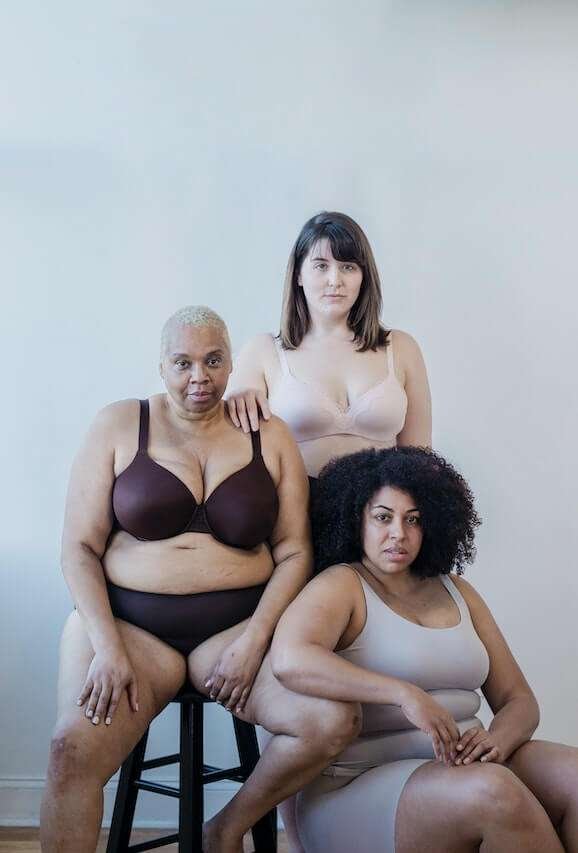
Why Is Positive Body Image Important?
A positive body image is important because it impacts the way we feel about ourselves. It impacts our level of confidence and how we interact in our relationships. When a person makes other factors a determinant of self-worth and self-acceptance, one’s appearance becomes less of a focal point.
This is not to say that wanting to look good is inherently bad. It means that we are far more than our appearance and how it measures up to society’s standard of beauty. When we feel more confident, that confidence shows and becomes a part of who we are and what we do. This helps in our personal relationships, professional ventures, and even the pursuit of our hobbies. All of this leads to being a more content and healthier person.
Negative Body Image
We have all met someone who has a negative body image. This person tries to hide behind baggy clothes, criticize their appearance, and they avoid activities such as swimming, family photos or anything else that involves others noticing their bodies. This individual misses out on relationships and experiences due to the way that they view themselves in comparison to others.
When something does not go well in the life of someone with a negative body image, they usually attribute it to their appearance rather than some other reason. This reinforces their belief that they need to alter their appearance to be happier and more successful.
Negative body image is:
- A preoccupation with weight and body shape
- Body dissatisfaction
- Having negative emotions about your body such as self-consciousness, shame, guilt, or anxiety
- Routinely making negative comments about your size & shape
- Feeling unhappy or distraught over even the slightest increase in body weight
- Engaging in unhealthy behaviours to modify your body such as fasting or dieting, self-induced vomiting, laxative usage, smoking, or drug usage
How Is Negative Body Image Harmful?
When a negative perception of how one looks is coupled with dieting or other unhealthy behaviours designed to improve appearance, there can be a risk to health and general well-being. These risks can be anything from poor self-esteem to full-blown eating disorders.
Examples of some of the potential consequences of a negative body image include:
- Poor self-esteem
- Social isolation
- Eating disorders such as anorexia or bulimia
- Health issues
- Depression
- Anxiety
- Body dysmorphia
- Muscle dysmorphia
- Poor job performance
- Academic difficulties
- Financial strain
Individuals can suffer significant consequences related to a negative body image. It is difficult to focus on one’s job or academic responsibilities when the primary focus is one’s appearance and how to improve it. Negative body image can result in financial consequences if their job performance suffers. Financial issues also arise when diet products, supplements, fitness programs, cosmetics, and even plastic surgery are invested in to improve one’s appearance.
These consequences are the extremes of what most deal with on occasion. We all have days that we don’t feel we look our best after waking up with a noticeable blemish, our hair won’t cooperate and we have the proverbial bad hair day, or our favourite jeans seem a bit tight. The difference is that we do not evaluate ourselves as being bad people because of it and we do not obsess over it all day.
Those who struggle with severe body image issues correlate dissatisfaction with their appearance with being less than others. They tend to obsess about their appearance relentlessly to the point of it interfering with vocational pursuits, relationships, and the development of anxiety and depression.
Mental Health Disorders Related to Body Image
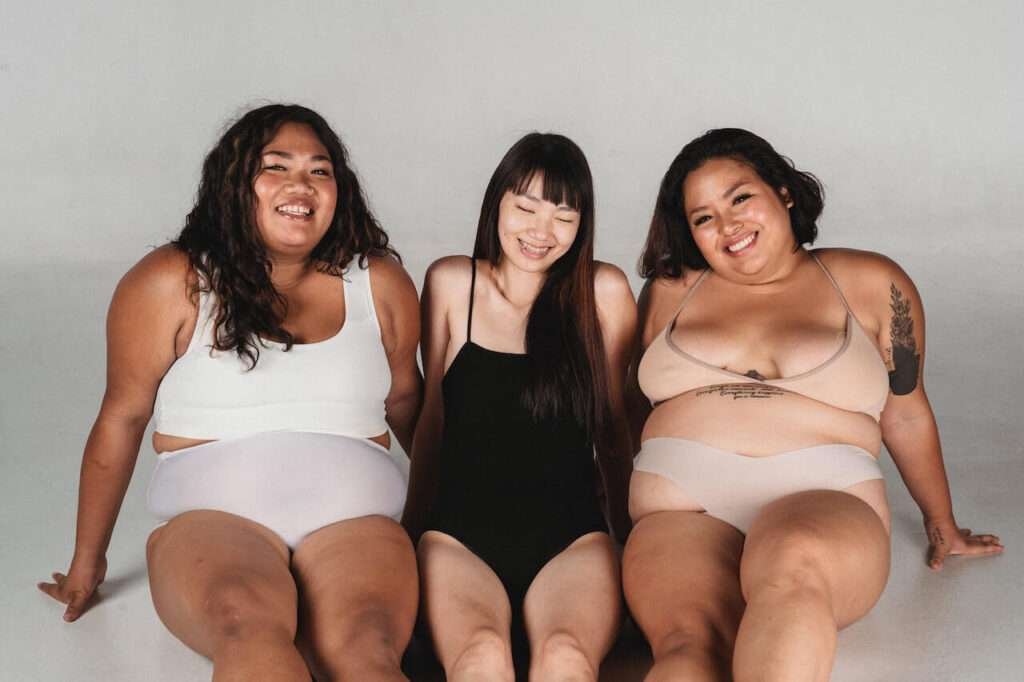
The impact of negative body image extends beyond simply not liking how one looks in their bathing suit or with their new haircut. These disturbances in how a person sees themselves in relation to others and compared to societal standards of attractiveness can lead to mental health disorders as well.
Negative body image can lead to the following mental health conditions:
- Anorexia
- Bulimia
- Diabulimia (Type I diabetics manipulate their insulin intake for weight loss)
- Muscle or Body dysmorphia
- Anxiety
- Depression
- Self-injury
How to Get Help for Body Image Issues
People with negative body image have a higher chance of developing eating disorders and related conditions.7 It is for this reason that it is important to seek out professional assistance if you or a loved one is struggling with a distorted or negative body image.
Things you can do to help someone with poor body image:
- Speak about your own body in a positive light and practice self-acceptance
- Discuss positive aspects of the person you appreciate that is not appearance related
- Stop following social media sites that reinforce unhealthy beliefs about beauty ideals and follow sites that promote body positivity and self-acceptance such as healthy at every size (HAES)
- Avoid fat talk, fat shaming, body shaming and judging others for appearance or performance
- Encourage your friend or loved one to seek out professional assistance
There are resources available for those who are struggling with body image and related issues. A counsellor (LPC, LMFT, PhD) who specializes in eating disorders is an excellent starting point. These individuals are called Certified Eating Disorders Specialists (CEDS). They have specialized training to deal with those who have body image struggles or disorders such as body dysmorphic disorder.
The following are resources available to those dealing with body image issues:
- Health at every size
- The body project experience workshops
- National eating disorders association
Body Image Statistics
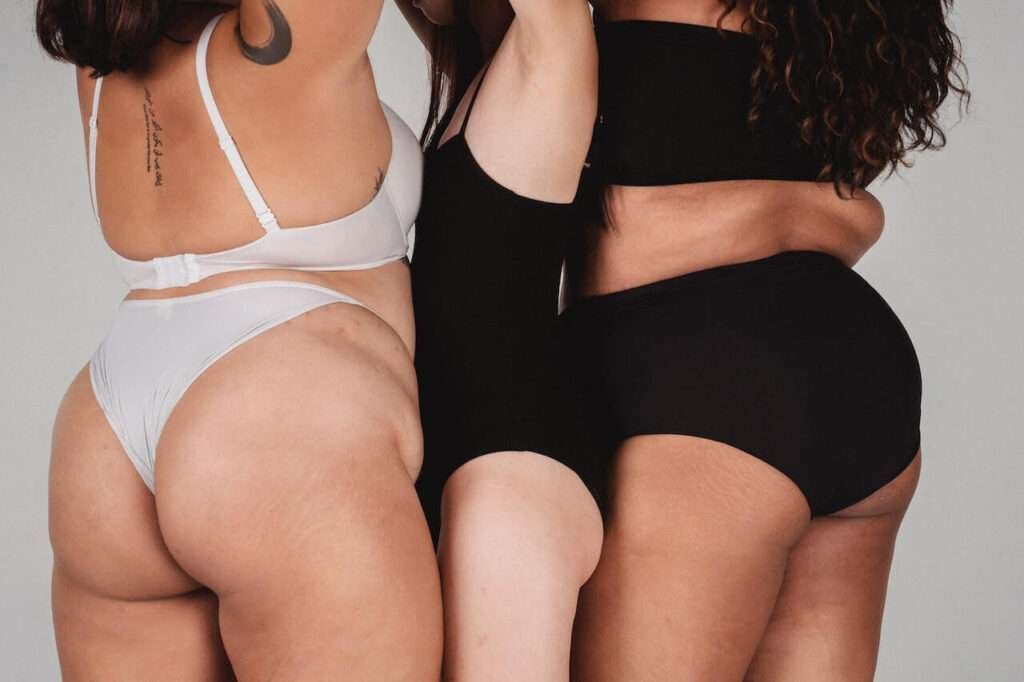
There is a great deal of information regarding the impact of body image on mental health and the risks of developing an eating disorder. The prevalence of those body dissatisfaction is high in children, adolescents, men, and women. There is a great deal of evidence that supports the role that weight stigma and sociocultural overvaluation of thinness play in the development of body image disturbance as well.
Related statistics regarding body image include:
- The best-known environmental contributor to the development of eating disorders is the sociocultural idealization of thinness
- Weight stigma poses a significant threat to psychological and physical health. It has been documented as a significant risk factor for depression, low self-esteem, and body dissatisfaction
- Perceived weight discrimination is significantly associated with a current diagnosis of mood and anxiety disorders and mental health services use
- Children of mothers who are overly concerned about their weight are at increased risk of modelling their unhealthy attitudes and behaviours
- By age 6, girls especially start to express concerns about their own weight or shape
- 40-60% of elementary school girls (ages 6-12) are concerned about their weight or about becoming too fat
- 35-57% of adolescent girls engage in crash dieting, fasting, self-induced vomiting, diet pills, or laxatives
- Overweight girls are more likely than normal-weight girls to engage in such extreme dieting
- Over 80% of college men are body dissatisfied
- 25% of normal-weight males perceive themselves to be underweight
- 51% of boys exercise to lose weight or to avoid gaining weight
- Nearly 1/3 of teenage boys use unhealthy measures such as skipping meals, fasting, smoking cigarettes, vomiting, or taking laxatives to control their weight
